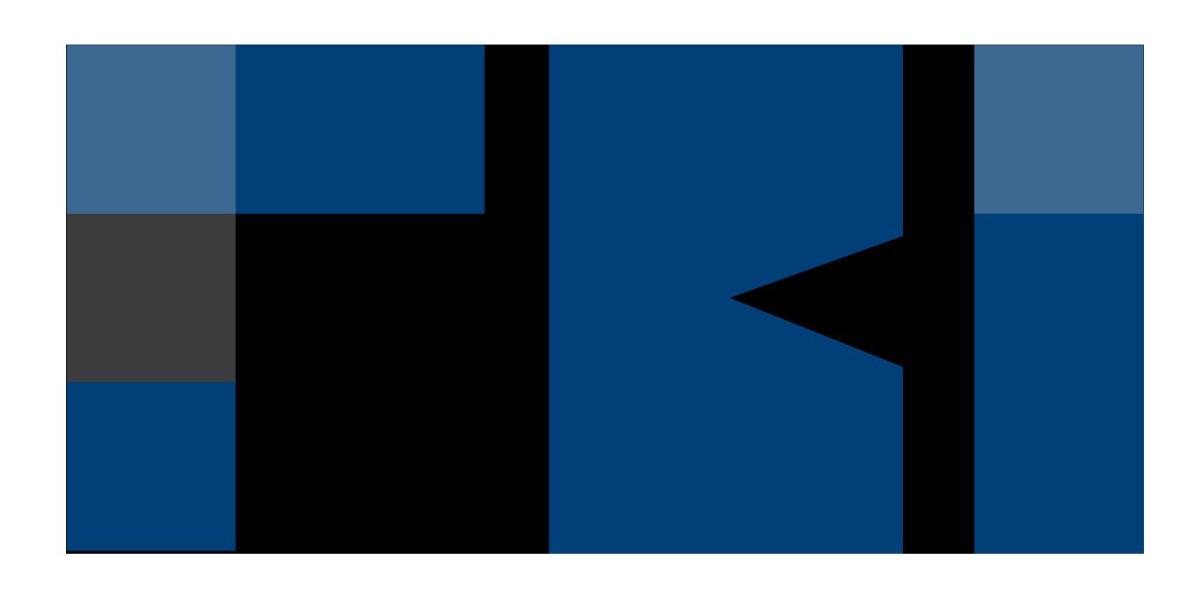Life Sciences Translation Services Market size is projected to grow from USD 1.56 billion in 2024 to USD 3.46 billion by 2034, with a CAGR surpassing 8.3% throughout the forecast period (2025-2034). The industry revenue for 2025 is anticipated to be USD 1.68 billion.
Growth Drivers & Challenge
The life sciences translation services market is experiencing robust growth, primarily driven by the increasing globalization of pharmaceutical and biotechnology companies. As these companies expand operations across borders, there is a growing need to translate clinical trials, patient information, regulatory submissions, and technical documents into multiple languages to comply with local regulations and ensure clear communication with diverse stakeholders. This surge in global collaborations and clinical research in non-English-speaking regions has made accurate and specialized translation services essential. Another major growth driver is the rising stringency of regulatory standards across countries, which requires precise, certified translations of critical documents. Regulatory bodies like the FDA in the U.S., EMA in Europe, and PMDA in Japan demand high-quality, context-sensitive translations that maintain the integrity of original documentation.
Life sciences organizations are turning to professional translation providers with subject-matter expertise and regulatory knowledge to ensure compliance, avoid costly delays, and maintain safety standards. However, the market faces a significant challenge in the form of maintaining quality and consistency in translations, especially when dealing with highly technical and sensitive content. Life sciences terminology can be complex, and a mistranslation in clinical or regulatory material can have serious implications, ranging from regulatory rejection to patient safety risks. Ensuring linguistic accuracy, while managing turnaround time and localization for different dialects and legal frameworks, poses an ongoing operational challenge for service providers.
Request for a free sample report @ https://www.fundamentalbusinessinsights.com/request-sample/13340
Regional Analysis
North America
North America dominates the life sciences translation services market, supported by the strong presence of leading pharmaceutical companies, contract research organizations (CROs), and regulatory institutions. The U.S. in particular leads in clinical trial activity and international drug development, requiring large-scale documentation in multiple languages to support global studies. The region’s advanced healthcare infrastructure and stringent regulatory guidelines necessitate precise translation services to ensure full compliance with bodies such as the FDA. Moreover, the multicultural and multilingual population within North America also increases the demand for localized patient-facing content, including informed consent forms, educational materials, and medical packaging. The integration of technology-driven translation solutions such as AI and machine learning in translation workflows is also gaining traction in the region.
Europe
Europe is a significant contributor to the life sciences translation services market due to its diverse linguistic landscape and harmonized but stringent regulatory frameworks across EU member states. The presence of several biopharmaceutical clusters in countries such as Germany, Switzerland, France, and the UK creates substantial demand for high-quality translation services across a wide range of languages. The implementation of EU-wide directives like the Medical Device Regulation (MDR) and Clinical Trials Regulation (CTR) mandates that documents be translated into the official languages of each participating country, further boosting the need for professional life sciences translation. European firms are also increasingly adopting centralized translation management platforms to ensure consistency, traceability, and quality assurance across multiple markets.
Asia Pacific
The Asia Pacific region is emerging as a fast-growing market for life sciences translation services, driven by the rapid expansion of the pharmaceutical and biotechnology sectors in countries like China, India, Japan, and South Korea. These countries are becoming major hubs for clinical trials, generics manufacturing, and medical device production, necessitating extensive multilingual documentation. Additionally, the diverse linguistic environment and growing number of regulatory authorities in the region require customized localization strategies. While translation service adoption is rising, challenges such as variable regulatory standards, shortage of qualified medical translators, and cost sensitivity persist. Nonetheless, international collaborations and the influx of foreign investments in life sciences are expected to accelerate demand for accurate and scalable translation services across the region.
Browse complete report summary @ https://www.fundamentalbusinessinsights.com/industry-report/life-sciences-translation-services-market-13340
Segmentation Analysis
Segments Analysis by Type
The market is segmented by type into document translation, software and website localization, interpretation services, transcription, and others. Document translation represents the largest segment, owing to its critical importance in clinical trial documentation, regulatory submissions, product labels, and patient information leaflets. These documents must adhere to strict regulatory standards, necessitating subject-matter expertise and multilingual accuracy. Software and website localization is another rapidly growing segment, driven by the need to provide global users with native language access to digital platforms such as clinical trial portals, electronic health records, and telemedicine apps. Interpretation services, particularly in clinical settings and regulatory discussions, are also essential for bridging language gaps during live interactions and audits.
Segments Analysis by Category
By category, the life sciences translation services market is divided into human translation, machine translation, and hybrid (human + machine). Human translation dominates the market due to its ability to ensure accuracy, nuance, and compliance with regulatory language requirements, particularly in sensitive documents. However, machine translation is gaining momentum, especially in large-volume, low-risk content such as internal communications or initial drafts. The hybrid model is increasingly being adopted as it combines the speed and scalability of machine translation with the accuracy and contextual relevance of human review, offering a balanced solution for time-sensitive and complex projects. This model is particularly beneficial for organizations managing multilingual operations on a global scale.
Segments Analysis by End Use
The end-use segments include pharmaceutical companies, biotechnology firms, medical device manufacturers, CROs, and others such as healthcare providers and regulatory agencies. Pharmaceutical companies form the largest user base due to their extensive needs for clinical, legal, and marketing translations across markets. Biotechnology firms, particularly those involved in innovative therapies and diagnostics, also rely heavily on accurate translation for patent filings, clinical protocols, and research documentation. Medical device manufacturers require multilingual product manuals, packaging, and instructions for use to meet regulatory standards and enhance usability in diverse markets. CROs are key service integrators who coordinate global clinical trials and ensure all documentation meets the linguistic requirements of trial sites and ethics committees. Additionally, regulatory bodies and healthcare providers use translation services to support public health communication and cross-border collaborations.
Browse related reports @
https://www.fundamentalbusinessinsights.com/fr/industry-report/curling-irons-market-13339
https://www.fundamentalbusinessinsights.com/de/industry-report/password-management-market-13338
About Fundamental Business Insights:
Fundamental Business Insights is global market research and consulting company which is engaged in providing in depth market reports to its various types of clients like industrial sectors, financial sectors, universities, non-profit, and corporations. Our goal is to offer the correct information to the right stakeholder at the right time, in a format that enables logical and informed decision making. We have a team of consultants who have experience in offering executive level blueprints of markets and solutions. Our services include syndicated market studies, customized research reports, and consultation.
Contact us:
Robbin Fernandez
Head of Business Development
Fundamental Business Insights and Consulting
Email: sales@fundamentalbusinessinsights.com






